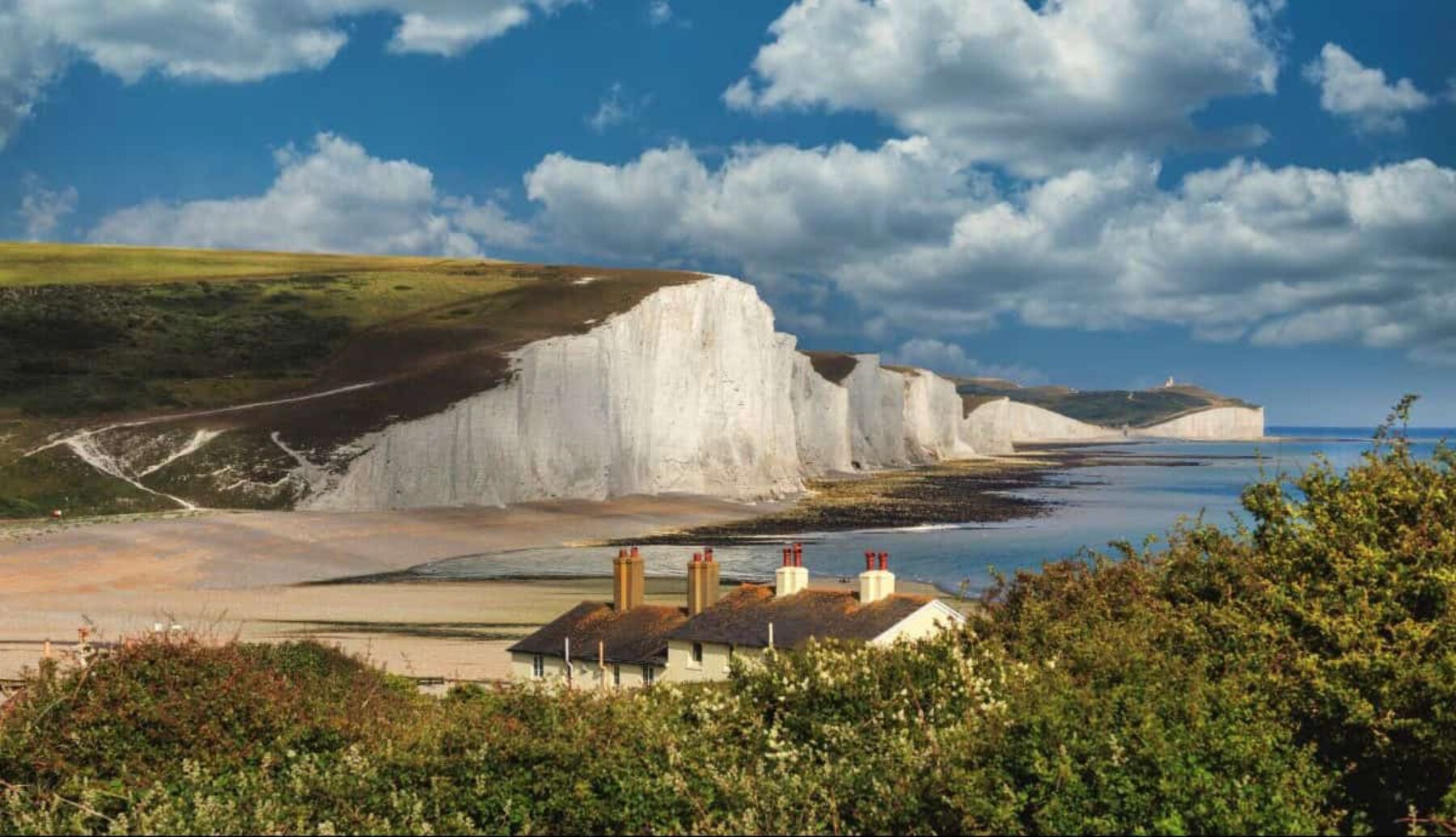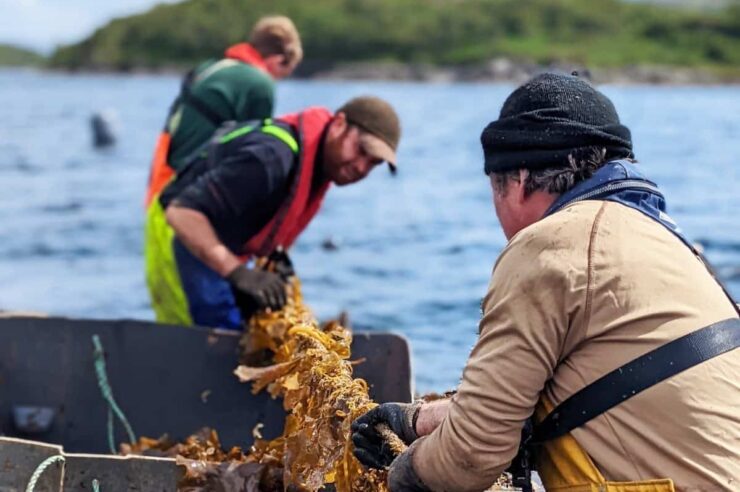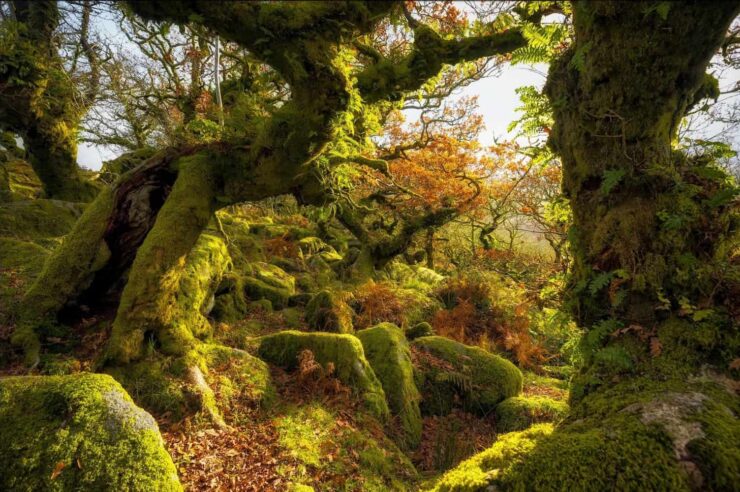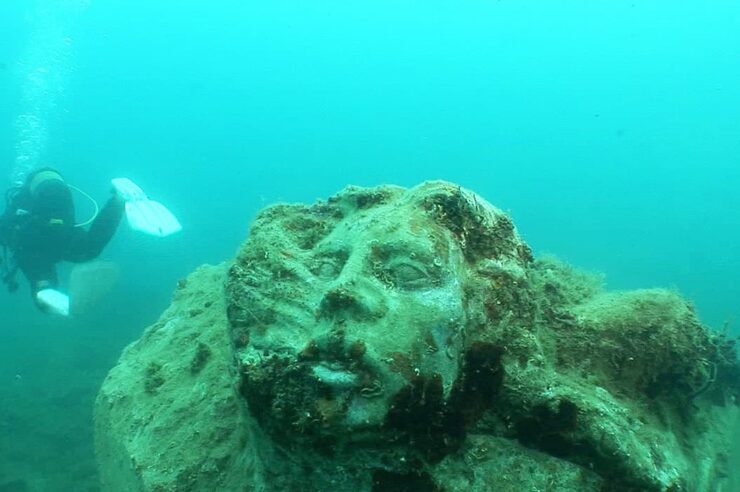Kelp forests once stretched for miles along the English coastline, until they were destroyed by supertrawling. Now they are making a comeback thanks to a local campaign that forced the government to ban the practice. How did they do it?
Ask most people what their favourite plant is and odds on not many will say “seaweed”. It’s hardly beautiful, doesn’t smell sweet, and looks altogether … brown-ish.
It doesn’t help that seaweed is literally below the surface – out of sight, out of mind. Which means its destruction can go unnoticed, until it’s – almost – too late.
Take Britain’s coastal kelp forests. They’re one of the country’s most diverse ecosystems. But most people only have the haziest idea of their value. And value they have, in spades. They’re a vital nursery and feeding ground for a huge range of fish and marine animals, including cuttlefish, lobster, seabream and bass. They help muffle the power of storm surges and coastal erosion. And they can be carbon sinks, too.
Until the late 1980s, one particularly rich swathe lay off the coast of Sussex. Then came the supertrawlers, equipped with vast weighted nets that hoover up every living thing on the seabed, stripping it bare. In less than 30 years, more than 96 per cent of Sussex’s kelp forests were destroyed. At first, few noticed, but gradually, word spread.
Local fishing, crab and lobster businesses saw their catch plummet. Sussex’s vibrant community of free divers saw deserts where once there had been rich waving forests of kelp. In 2019, campaigners led by the Blue Marine Foundation, the Marine Conservation Society and the Sussex Wildlife Trust launched a Help Our Kelp campaign.
A local TV producer, Sarah Cunliffe, made a powerful short film highlighting the destruction, and persuaded Sir David Attenborough to narrate it. And, bolstered by growing local support for action, the Sussex Inshore Fisheries Conservation Authority persuaded the government to authorise a ban on all bottom-trawling in coastal waters. Taken together, it’s an object lesson in how local campaigners can work with statutory bodies to see off powerful corporate interests.
With the immediate threat removed, local NGOs led by Sussex Wildlife Trust, together with scientists and free divers, have spent the last two years monitoring the results. It’s early days, but in just two years since the ban took effect, signs of recovery are springing from the seabed.
“We’re starting to spot some pioneer seaweed communities moving in,” says Sussex Wildlife Trust’s Henri Brocklebank. Free divers have reported emerging mussel beds up to a kilometre wide, she adds. “These are really special, as they help stabilise the seabed. The divers are telling us that they haven’t seen mussel beds like this for decades.”
Meanwhile, lobster catches are on the up, and fishermen are reporting a richer diversity in their nets. Given time, says Brocklebank, the conditions are ripe for a kelp recovery. Already, there are tentative hints that it’s underway, with divers seeing new growth on offshore wrecks, and more kelp being washed up on the beaches.
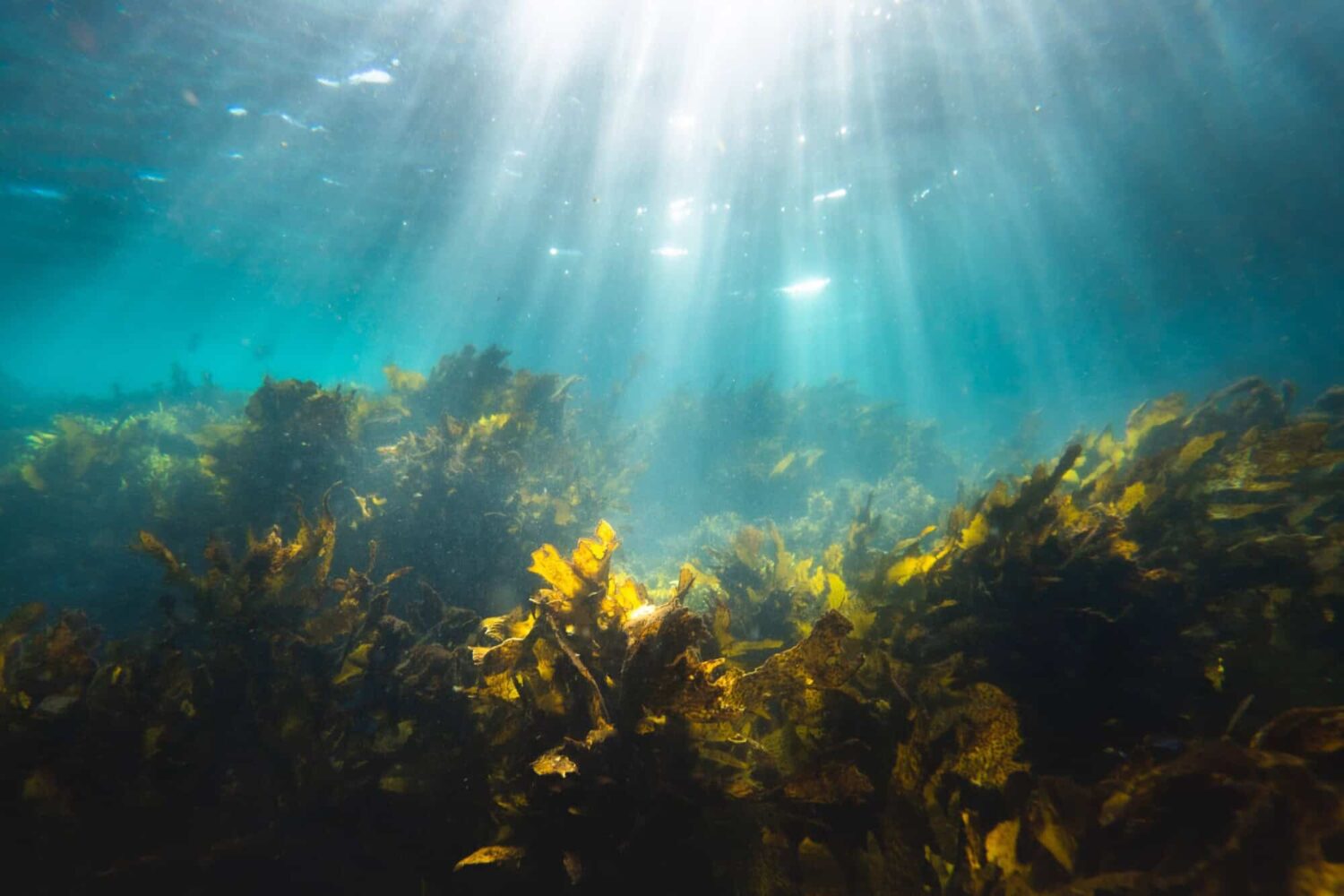
Kelp forests play a crucial role in marine ecosystems. Image: Silas Baisch
It’s an experience mirrored in another trawler ban area, off Lyme Regis in Dorset. “Nothing much happened for the first four years or so,” says Brocklebank, to the extent that the trawlermen were saying “‘you’ve kicked us out for nothing!’” Then, “suddenly the seabed started coming to life, with pink sea fans, soft corals and a huge abundance of life.”
This is just the start, of course: destructive fishing methods are still permitted in swathes of UK waters. While a ban on bottom-trawling has been announced for the Dogger Bank and three other of the country’s 40 marine protected areas, conservationists are disappointed that the government isn’t moving faster. But if it wants inspiration for what can happen, the Sussex story can provide that in spades.
Suddenly the seabed came to life, with pink sea fans, soft corals and a huge abundance of life
Meanwhile, one of the most heartening aspects to the story has been the way in which local people have taken it to their hearts. “We lost our kelp because nobody knew what was going on,” says Brocklebank. “Nobody knew that we had this amazing habitat just off the coast, which was so special.”
But that’s all changed thanks to the campaign. “I did a talk to about 200 schoolchildren in Worthing the other day, and asked ‘Who’s heard about the kelp?’ – and they all put their hands up! That’s amazing. It’s exciting. It’s really hopeful.”
Main image: Petekarici/iStock
Help us break the bad news bias
Positive News is helping more people than ever to get a balanced and uplifting view of the world. While doom and gloom dominates other news outlets, our solutions journalism exists to support your wellbeing and empower you to make a difference towards a better future. And as Positive News’ audience and impact grows, we’re showing the rest of the media that good news matters.
But our reporting has a cost and, as an independent, not-for-profit media organisation, we rely on the financial backing of our readers. If you value what we do and can afford to, please consider making a one-off or regular contribution as a Positive News supporter. From as little as £1 per month, you’ll be directly funding the production and sharing of our stories – helping them to benefit many more people.
Join our community today, and together, we’ll change the news for good.
